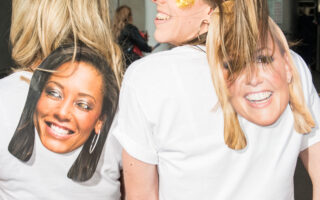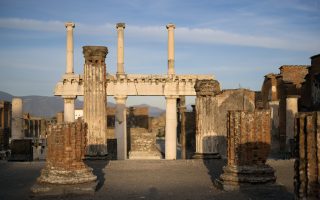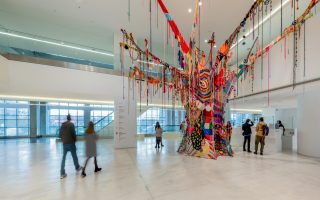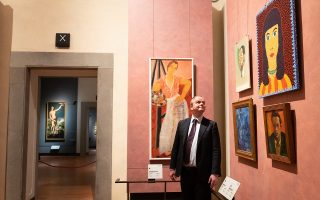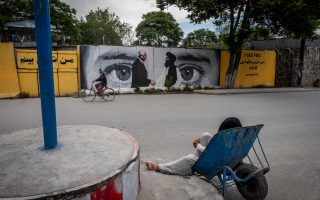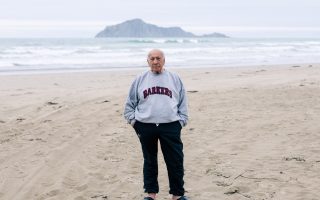Imagining a Japan where life ends (voluntarily) at 75
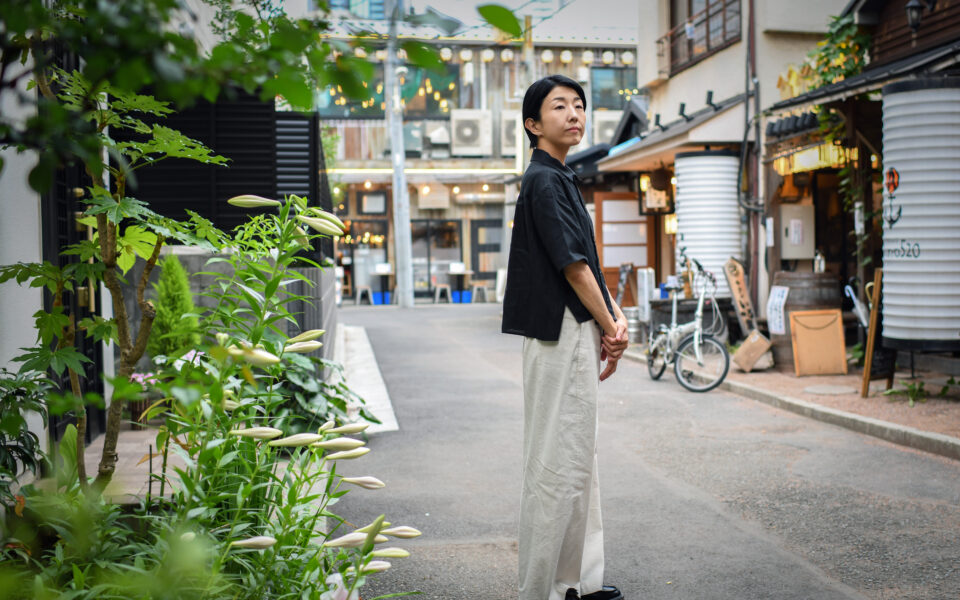
The Japanese film director Chie Hayakawa was germinating the idea for a screenplay when she decided to test out her premise on elderly friends of her mother and other acquaintances. Her question: If the government sponsored a euthanasia program for people 75 and over, would you consent to it?
“Most people were very positive about it,” Hayakawa said. “They didn’t want to be a burden on other people or their children.”
To Hayakawa, the seemingly shocking response was a powerful reflection of Japan’s culture and demographics. In her first feature-length film, “Plan 75,” which won a special distinction at the Cannes Film Festival this month, the government of a near-future Japan promotes quiet institutionalized deaths and group burials for lonely older people, with cheerful salespeople pitching them on the idea as if hawking travel insurance.
“The mindset is that if the government tells you to do something, you must do it,” Hayakawa, 45, said in an interview in Tokyo before the film’s opening in Japan on Friday. Following the rules and not imposing on others, she said, are cultural imperatives “that make sure you don’t stick out in a group setting.”
With a lyrical, understated touch, Hayakawa has taken on one of the biggest elephants in the room in Japan: the challenges of dealing with the world’s oldest society.
Close to one-third of the country’s population is 65 or older, and Japan has more centenarians per capita than any other nation. One out of five people over 65 in Japan live alone, and the country has the highest proportion of people suffering from dementia. With a rapidly declining population, the government faces potential pension shortfalls and questions about how the nation will care for its longest-living citizens.
Aging politicians dominate government, and the Japanese media emphasizes rosy stories about happily aging fashion gurus or retail accommodations for older customers. But for Hayakawa, it was not a stretch to imagine a world in which the oldest citizens would be cast aside in a bureaucratic process — a strain of thought she said could already be found in Japan.
Euthanasia is illegal in the country, but it occasionally arises in grisly criminal contexts. In 2016, a man killed 19 people in their sleep at a center for people with disabilities outside Tokyo, claiming that such people should be euthanized because they “have extreme difficulty living at home or being active in society.”
The horrifying incident provided a seed of an idea for Hayakawa. “I don’t think that was an isolated incident or thought process within Japanese society,” she said. “It was already floating around. I was very afraid that Japan was turning into a very intolerant society.”
To Kaori Shoji, who has written about film and the arts for The Japan Times and the BBC and saw an earlier version of “Plan 75,” the movie did not seem dystopian. “She’s just telling it like it is,” Shoji said. “She’s telling us: ‘This is where we’re headed, actually.’”
That potential future is all the more believable in a society where some people are driven to death by overwork, said Yasunori Ando, an associate professor at Tottori University who studies spirituality and bioethics.
“It is not impossible to think of a place where euthanasia is accepted,” he said.
Hayakawa has spent the bulk of her adult years contemplating the end of life from a very personal vantage. When she was 10, she learned that her father had cancer, and he died a decade later. “That was during my formative years, so I think it had an influence on my perspective toward art,” she said.
The daughter of civil servants, Hayakawa started drawing her own picture books and writing poems from a young age. In elementary school, she fell in love with “Muddy River,” a Japanese drama about a poor family living on a river barge. The movie, directed by Kohei Oguri, was nominated for best foreign language film at the Academy Awards in 1982.
“The feelings I couldn’t put into words were expressed in that movie,” Hayakawa said. “And I thought, I want to make movies like that as well.”
She eventually applied to the film program at the School of Visual Arts in New York, believing that she would get a better grounding in moviemaking in the United States. But given her modest English abilities, she decided within a week of arriving on campus to switch to the photography department, because she figured she could take pictures by herself.
Her instructors were struck by her curiosity and work ethic. “If I mentioned a film offhandedly, she would go home and go rent it, and if I mentioned an artist or exhibition, she would go research it and have something to say about it,” said Tim Maul, a photographer and one of Hayakawa’s mentors. “Chie was someone who really had momentum and a singular drive.”
After graduating in 2001, Hayakawa gave birth to her two children in New York. In 2008, she and her husband, painter Katsumi Hayakawa, decided to return to Tokyo, where she began working at WOWOW, a satellite broadcaster, helping to prepare American films for Japanese viewing.
At 36, she enrolled in a one-year film program at a night school in Tokyo while continuing to work during the day. “I felt like I couldn’t put my full energy into child raising or filmmaking,” she said. Looking back, she said, “I would tell myself it’s OK, just enjoy raising your children. You can start filmmaking at a later time.”
For her final project, she made “Niagara,” about a young woman who learns, as she is about to depart the orphanage where she grew up, that her grandfather had killed her parents, and that her grandmother, who she thought had died in a car accident with her parents, was alive.
She submitted the movie to the Cannes Film Festival in a category for student works and was shocked when it was selected for screening in 2014. At the festival, Hayakawa met Eiko Mizuno-Gray, a film publicist, who subsequently invited Hayakawa to make a short film on the theme of Japan 10 years in the future. It would be part of an anthology produced by Hirokazu Kore-eda, the celebrated Japanese director.
Hayakawa had already been developing the idea of “Plan 75” as a feature-length film but decided to make an abridged version for the anthology, “Ten Years Japan.”
While writing the script, she woke up every morning at 4 to watch movies. She cites Taiwanese director Edward Yang, South Korean director Lee Chang-dong and Krzysztof Kieslowski, a Polish art-house director, as important influences. After work, she would write for a couple of hours at a cafe while her husband cared for their children — relatively rare in Japan, where women still carry the disproportionate burden of housework and child care.
After Hayakawa’s 18-minute contribution to the anthology came out, Mizuno-Gray and her husband, Jason Gray, worked with her to develop an extended script. By the time filming started, it was the middle of the pandemic. “There were countries with COVID where they were not prioritizing the life of the elderly,” Hayakawa said. “Reality surpassed fiction in a way.”
Hayakawa decided to adopt a subtler tone for the feature-length movie and inject more of a sense of hope. She also added several narrative strands, including one about an elderly woman and her tightknit group of friends, and another about a Filipina caregiver who takes a job at one of the euthanasia centers.
She included scenes of the Filipino community in Japan, Hayakawa said, as a contrast to the dominant culture. “Their culture is that if somebody is in trouble, you help them right away,” Hayakawa said. “I think that is something Japan is losing.”
Stefanie Arianne, the daughter of a Japanese father and a Filipina mother who plays Maria, the caregiver, said Hayakawa had urged her to show emotional restraint. In one scene, Arianne said, she had the instinct to shed tears, “but with Chie, she really challenged me to not cry.”
Hayakawa said she did not want to make a film that simply deemed euthanasia right or wrong. “I think what kind of end to a life and what kind of death you want is a very personal decision,” she said. “I don’t think it’s something that is so black or white.”
[This article originally appeared in The New York Times.]

